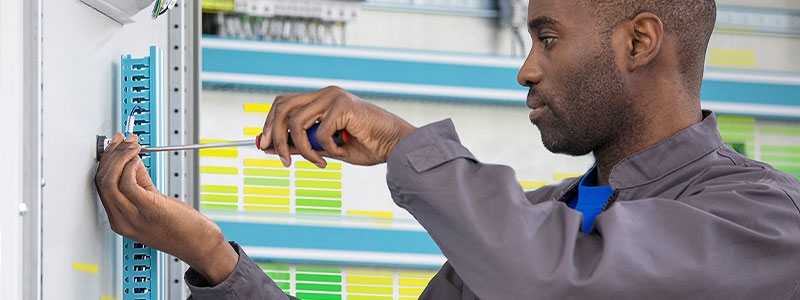Schneider Electric offers a wide range of integrated energy management solutions designed to drive digital transformation for businesses. As a leader in the industry, we understand the evolving needs of modern businesses and provide comprehensive digital solutions to help them thrive in today's dynamic market. Our primary focus is on energy management solutions, enabling organisations to streamline operations, optimise processes, and enhance overall efficiency.
With our energy management solutions, businesses can leverage the power of digital technologies to achieve their digital transformation goals. We offer a diverse portfolio of digital solutions for businesses, empowering them to harness the potential of automation, analytics, and connectivity. By implementing our digital solutions, organisations can improve productivity, make data-driven decisions, and gain a competitive edge in their respective industries.
At Schneider Electric, we are committed to driving digital transformation across businesses. Our digital transformation solutions encompass a holistic approach, incorporating technology, strategy, and change management. We work closely with our clients to understand their unique challenges and provide tailored solutions to meet their specific needs.
Discover how our energy management solutions and digital transformation solutions can help your organisation thrive in today's digital age. Let us be your partner in achieving success through digital innovation and transformation.


















